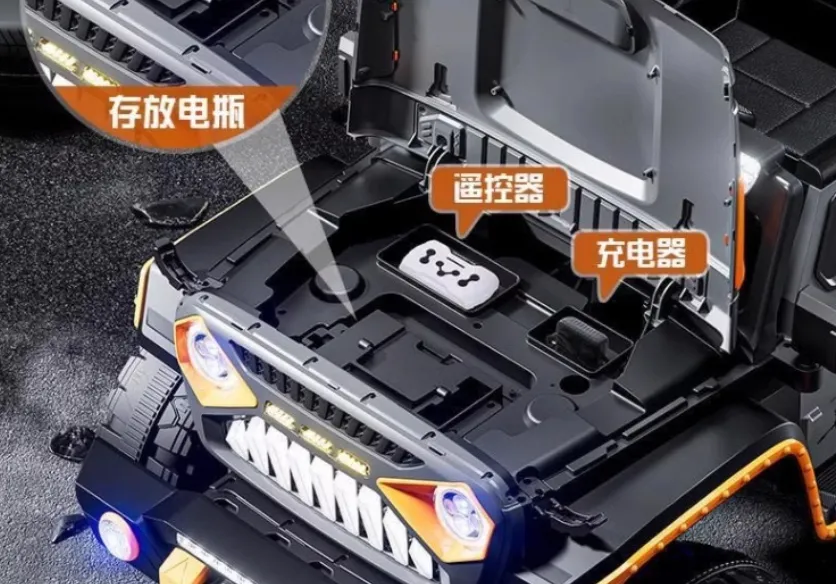
- Afrikaans
- Albanian
- Amharic
- Arabic
- Armenian
- Azerbaijani
- Basque
- Belarusian
- Bengali
- Bosnian
- Bulgarian
- Catalan
- Cebuano
- Corsican
- Croatian
- Czech
- Danish
- Dutch
- English
- Esperanto
- Estonian
- Finnish
- French
- Frisian
- Galician
- Georgian
- German
- Greek
- Gujarati
- Haitian Creole
- hausa
- hawaiian
- Hebrew
- Hindi
- Miao
- Hungarian
- Icelandic
- igbo
- Indonesian
- irish
- Italian
- Japanese
- Javanese
- Kannada
- kazakh
- Khmer
- Rwandese
- Korean
- Kurdish
- Kyrgyz
- Lao
- Latin
- Latvian
- Lithuanian
- Luxembourgish
- Macedonian
- Malgashi
- Malay
- Malayalam
- Maltese
- Maori
- Marathi
- Mongolian
- Myanmar
- Nepali
- Norwegian
- Norwegian
- Occitan
- Pashto
- Persian
- Polish
- Portuguese
- Punjabi
- Romanian
- Russian
- Samoan
- Scottish Gaelic
- Serbian
- Sesotho
- Shona
- Sindhi
- Sinhala
- Slovak
- Slovenian
- Somali
- Spanish
- Sundanese
- Swahili
- Swedish
- Tagalog
- Tajik
- Tamil
- Tatar
- Telugu
- Thai
- Turkish
- Turkmen
- Ukrainian
- Urdu
- Uighur
- Uzbek
- Vietnamese
- Welsh
- Bantu
- Yiddish
- Yoruba
- Zulu
Oct . 14, 2024 19:28 Back to list
Tips for Properly Adjusting Your Mountain Bike Shifter Cable
How to Adjust Shifter Cable on a Mountain Bike
Maintaining a mountain bike involves more than just keeping the tires inflated and the frame clean. One crucial aspect of maintenance is ensuring that the shifter cables are properly adjusted. Over time, shifter cables can stretch or fray, leading to poor shifting performance and an unenjoyable ride. In this article, we will guide you through the process of adjusting shifter cables, ensuring your bike operates smoothly and efficiently.
Understanding the Shifting System
Before diving into the adjustment process, it’s essential to understand the basic components of your bike's shifting system. Most mountain bikes use a cable and housing system linked to the derailleurs, which move the chain across the gears. When you shift, the shifter pulls the cable, which in turn moves the derailleur, guiding the chain onto the desired cog. If the cable is too tight, it can result in missed shifts, while a cable that is too loose can cause the derailleur to fail to engage the gears smoothly.
Tools You Will Need
To adjust your shifter cable, you’ll need a few basic tools - A 5mm Allen wrench (or the appropriate size for your bike) - A pair of cable cutters - A new shifter cable (if necessary) - A Phillips or flathead screwdriver (depending on your bike model) - A bike stand (optional but helpful)
Steps to Adjust the Shifter Cable
1. Inspect the Cable Begin by inspecting the existing cable and housing. Look for frays, rust, or kinks in the cable. If you notice significant damage, it's best to replace the cable entirely.
2. Prepare the Bike If you have a bike stand, place your bike on it. This will make it easier to access the shifters and derailleurs. If you don’t have a stand, flip your bike upside down on a soft surface.
3. Shift to the Lowest Gear Shift your bike to the lowest gear (smallest chainring in front and largest cog in the rear). This relieves tension on the cable and makes adjustments easier.
how to adjust shifter cable on mountain bike

4. Loosen the Cable Anchor Bolt Locate the derailleur where the cable attaches. Use your Allen wrench to carefully loosen the cable anchor bolt, which holds the cable in place. Do not remove the bolt completely; just loosen it enough to allow the cable to move.
5. Adjust Cable Tension Pull the cable gently to tighten it while holding the derailleur in its lowest gear position. If you're trying to tighten the cable, pull it until there is no slack, but don’t pull too hard. On the other hand, if you are loosening, make sure there’s enough tension for smooth operation.
7. Test the Shifts Shift through all the gears to ensure smooth operation. If you experience any slipping or missed shifts, repeat the adjustment steps to find the right tension.
8. Adjust Limit Screws (if necessary) If the derailleur is still not shifting correctly, you may need to adjust the limit screws. These screws control how far the derailleur can move. Use a screwdriver to turn the limit screws clockwise or counterclockwise until the derailleur aligns correctly with the intended cog.
9. Final Checks After making adjustments, test ride your bike in various gears on flat terrain and slight inclines to ensure everything is working smoothly. Make slight adjustments as needed based on ride performance.
Regular Maintenance
To ensure long-term performance, check your shifter cables regularly. Depending on your usage, cables can stretch or wear out over time. Keeping an eye on their condition will save you from more extensive repairs down the line.
Conclusion
Adjusting the shifter cable on your mountain bike is a straightforward process that can significantly enhance your riding experience. By following these steps, you can maintain proper tension, ensure smooth shifting, and prolong the lifespan of your bike's components. Remember, regular checks and maintenance are key to keeping your mountain bike ready for any trail adventure. Happy riding!
-
The Ultimate Kids' Four-Wheeler Experience
NewsJul.09,2025
-
The Ultimate Guide to Mountain Bikes: Gear Up for Your Ride
NewsJul.09,2025
-
The New Age of Cycling: Electric Bikes for Every Rider
NewsJul.09,2025
-
The Best Kids Bicycles: Ride in Style and Safety
NewsJul.09,2025
-
The Best 3-Wheel Scooters for Kids: Fun, Safety, and Adventure
NewsJul.09,2025
-
Revolutionize Your Ride: Affordable Electric Bikes
NewsJul.09,2025
-
Finding the Perfect Mountain Bike for Every Rider
NewsJul.09,2025



